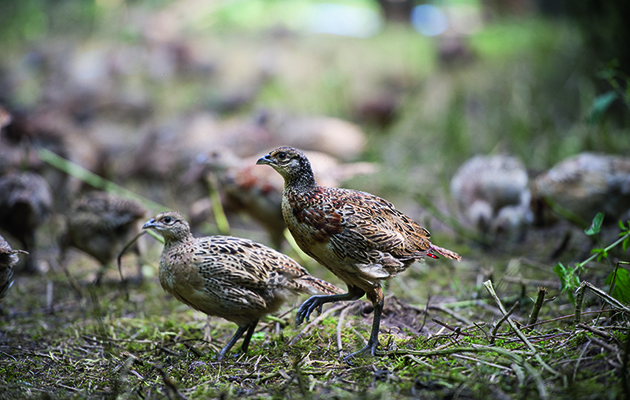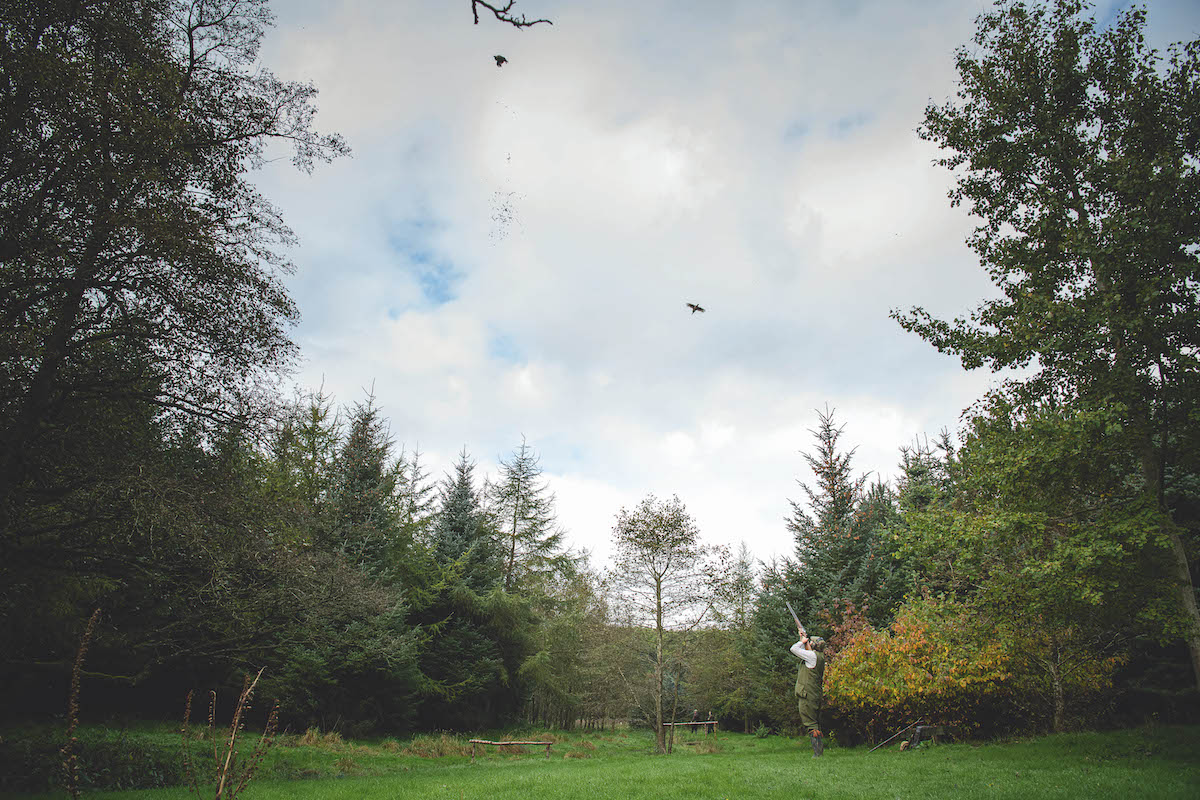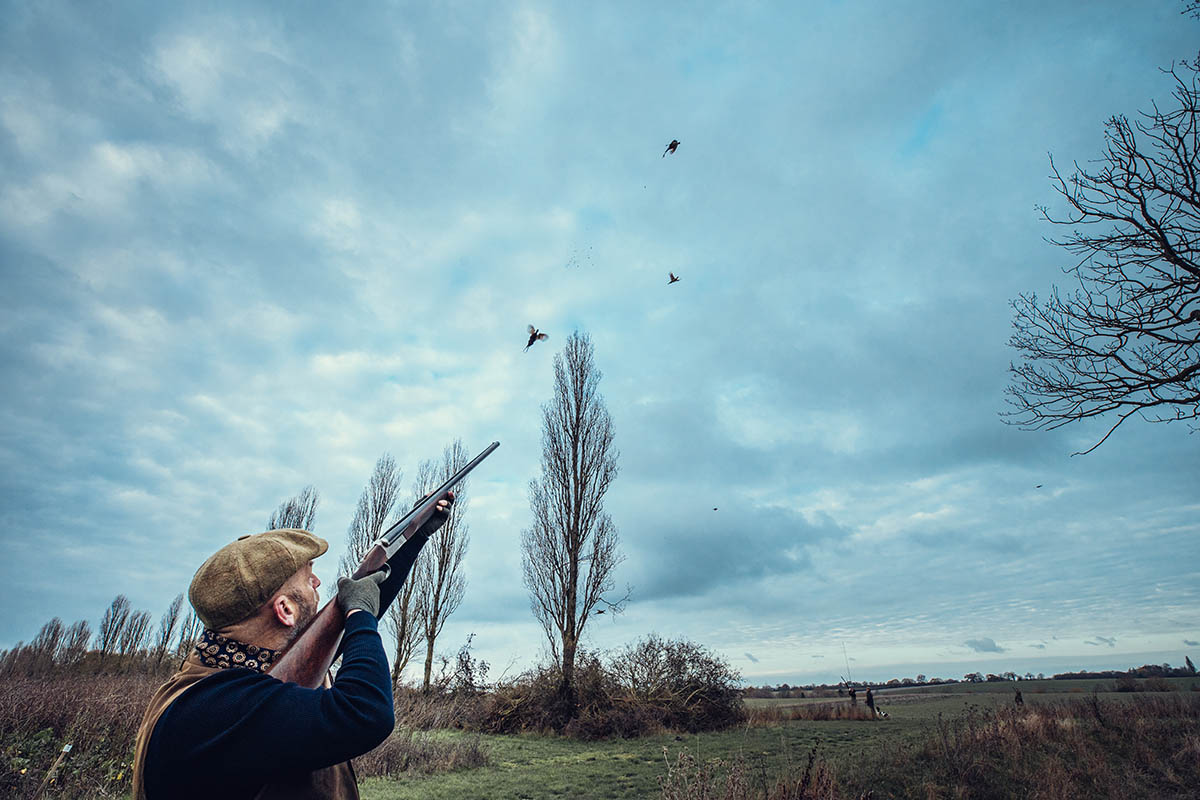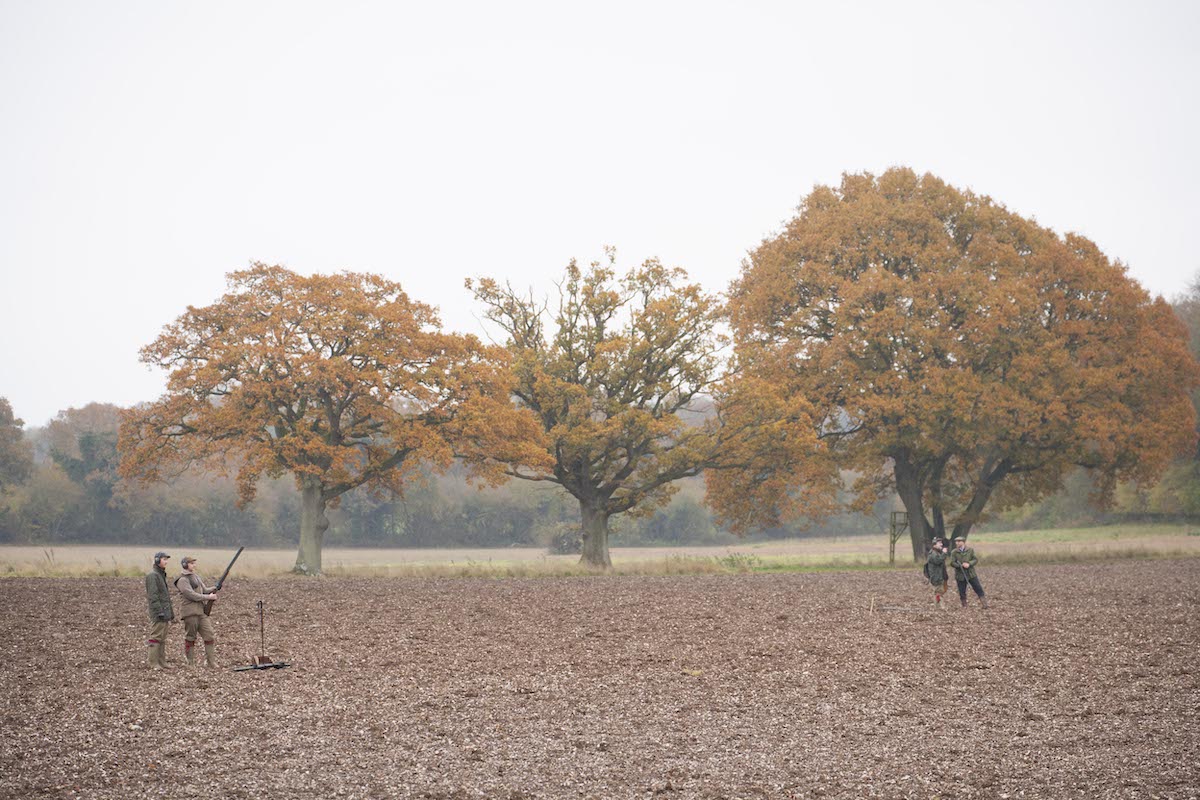How to manage release pens correctly
Release pens on your shoot can have a positive impact on both biodiversity and conservation, so long as they are managed correctly, says Mike Swan

The poults need a comfortable environment, with sunny spots, low cover and plenty of roosting
Time and again as I wander into the depths of a wood in my role as a Game & Wildlife Conservation Trust (GWCT) game adviser, I come across an embarrassment. The combination of tatty fencing, battered feed drums, broken drinkers, bags hanging from branches, and other mess is a dreadful advert for shooting. Add a bit of over-stocking to release pens, and consequent mud and dirt in place of woodland flowers, and you have most of what is bad about game management in one place.
At the GWCT, we keep pointing out the many good things that shoots and gamekeepers do for conservation and our countryside, and I still believe wholeheartedly in the truth of that. But I do sometimes wish that more shoot managers would take their blinkers off and have a long, hard look at everything. Public scrutiny of what we do has never been stronger than it is now, and we do not need ramshackle camps in the woods to give the wrong impression. Over the years, the GWCT’s scientists have compared many aspects of woods with and without release pens, and there is a lot of good news. The motivation that leads to management work in the release wood results in an improvement in many measures of biodiversity, from the numbers and diversity of butterflies, to supporting more breeding songbirds such as warblers. All this tends to follow on from a more varied woodland structure with more open sunny areas, and more shrubs and bushes.

Public scrutiny is strong and ramshackle camps in woods give the wrong impression of gameshooting
Release pen habitat
The pheasant pen is a kind of kindergarten for your young birds — a relatively safe place where they can grow up and learn about the big world outside. To function well it needs to offer a comfortable environment, with plenty of sunny spots, lots of low cover to hide in, and abundant shrubby roosting that is easy for poults to flutter up into. GWCT guidelines say that you need about one-third of the total area in each of these habitats. All three need to be scattered across the pen in a sort of mosaic, so that your birds use the whole area equally, with minimal tendency to huddle at high density in hotspots such as the only sunny area available.
You also want a similar habitat mosaic in a more extensive area around and about, so that the birds can spread comfortably as they leave the pen, and treat the whole block as a base to come home to for the rest of the autumn and winter. As a general principle, come shoot days, you will then be able to draw or blank birds out to your drives, confident that they will want to fly for “home” and face the Guns on the way.
A good site for release pens
Aside from the right environment, the best pen sites will also work with the geography and topography of your shoot to give the best quality birds. If habitat is not up to scratch in what are otherwise good places, it pays to set about improvement rather than go for a different site. In the long run habitat changes with succession anyway, and in the 15-year lifetime of a pen, you will surely need to do some improvement work. Perfection will not last for ever.
Respect for sensitive habitats
Most of the UK’s woods have been cut down and replanted at some stage, and many others have been put in on farmland. What is known as ancient semi-natural woodland is scarce and therefore highly valued by the conservation community. Most of the more extensive areas have been designated as Sites of Special Scientific Interest.
Ancient semi-natural woods, which are defined as having been under continuous woodland cover without replanting since 1600, are something to take seriously if they occur on the shoot, and in an ideal world we should not put pens in them. Of course, if all your woodland is ancient, that is not possible, but there may be options to choose sites with the least sensitivity, so do be prepared to take advice.
Wood edges and stream sides often carry greater biodiversity, and are best not included in the pen. Streams are sometimes included as any easy way to provide water, but they can also harbour resting stages of parasites and disease organisms, as well as making it very hard to medicate with water-soluble drugs if needed.
Similarly, edges are included as a way of getting some sun in, but if you need to do so, you are admitting that your woodland management is poor. You are also increasing the risk of predation by birds of prey, which can find it very easy to swoop down the side of the wood and carry off one of your poults.

Well-managed pheasant release pens in woodland have proved to benefit biodiversity and conservation as well as ensuring good shooting when the season starts, and encouraging the pheasants to fly “home”
Stocking density
The GWCT has carried out extensive research into the impacts of pheasant releasing on conservation, and it is important to recognise that it is not all positive. High densities of pheasant poults can cause significant damage to conservation interest, through a combination of grazing and nutrient enrichment from their excrement.
Careful analysis of vegetation and soils both in and outside of pens shows that this can be kept to a minimum when birds are stocked at no more than 1,000 per hectare of pen. For ancient woodland this is reduced to 700 per hectare. Densities in this range are likely to bring minimal risk of poor health and other welfare issues.
Woodland biodiversity
Despite the negatives I have mentioned, there is an important plus point to add, and that is that almost everyone who releases some pheasants does positive management work that is good for woodland biodiversity. This can even apply within the pen, where thinning of the canopy through practices such as coppicing and skylighting can lead to an overall biodiversity gain by outweighing any modest damage caused by the pheasants, provided they are not overstocked. If you then throw in extra work in the wider woodland environment, the planting of covercrops and wild bird seed mixes, provision of food that is taken by songbirds and gamebirds alike, and a bit of control over common predators, you end up with a balance very much in favour of biodiversity. We must celebrate that, and promote it to the wider public.
Can we please tidy up the mess too, and make the whole thing look as good as it actually is?








